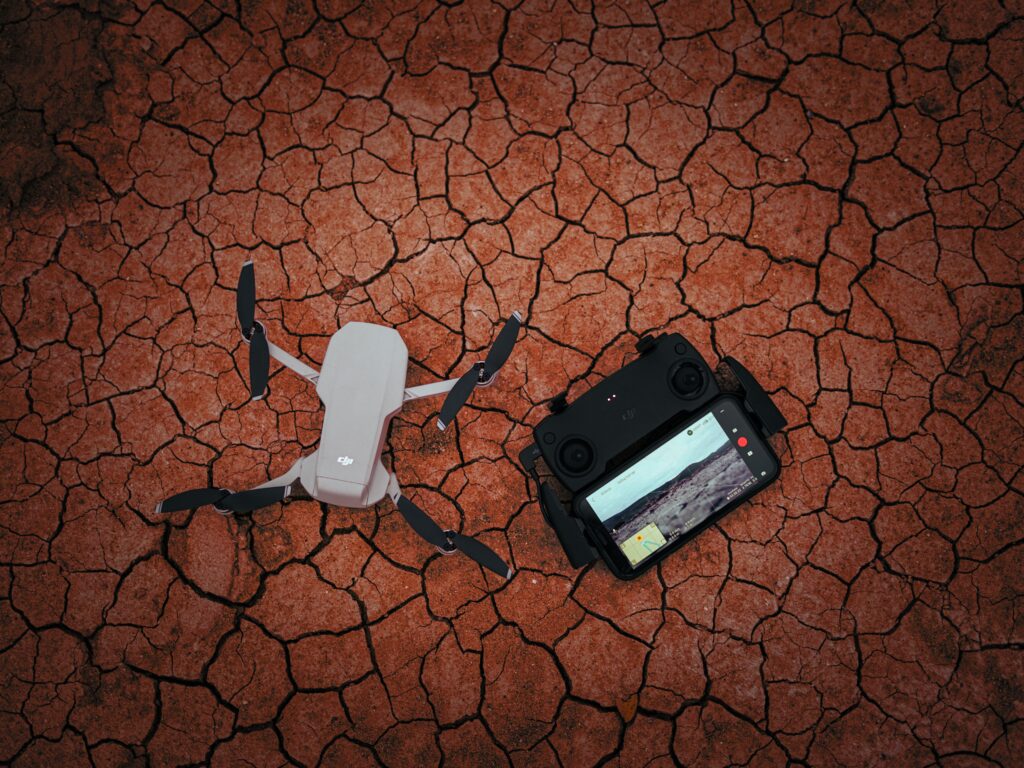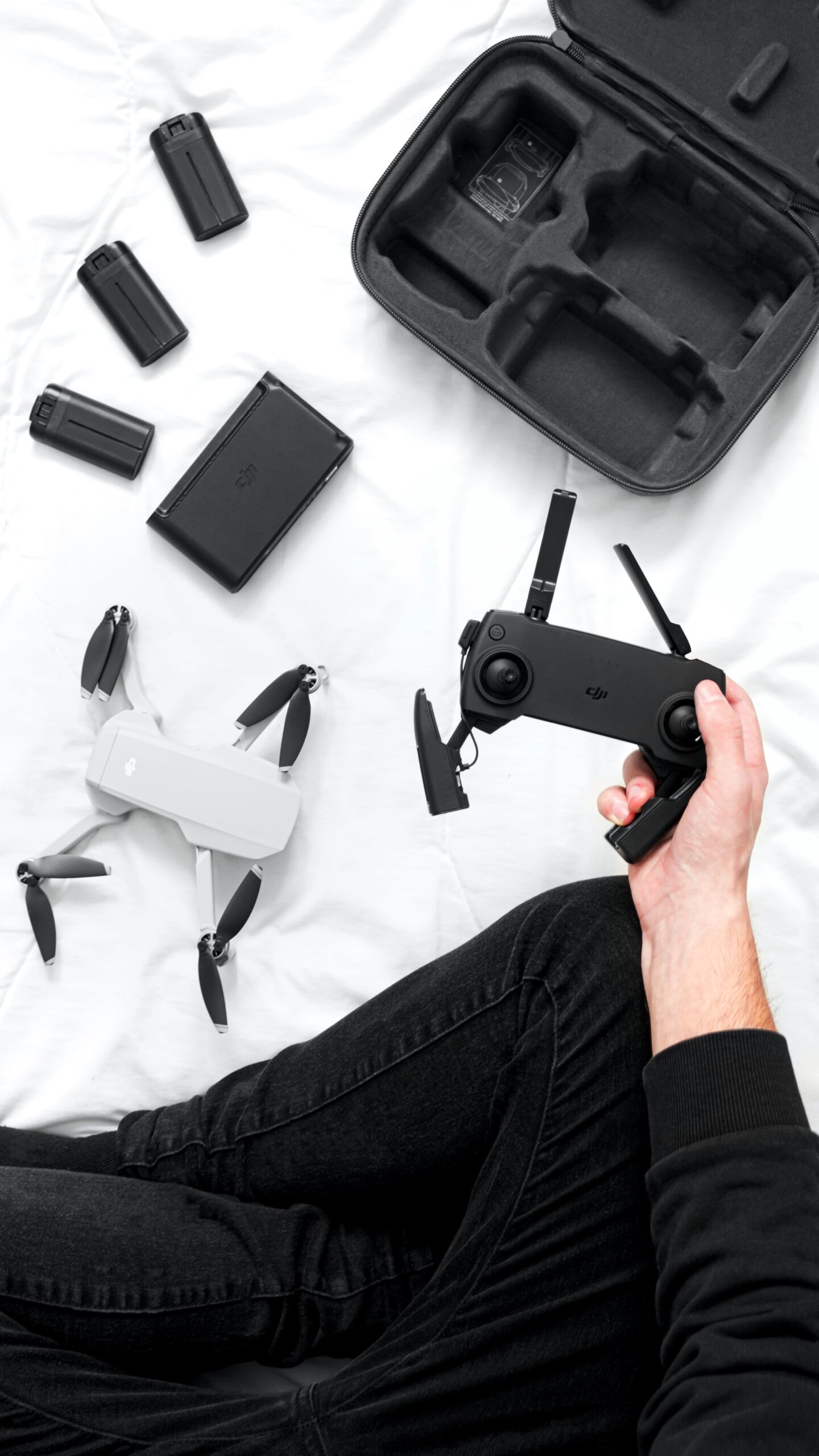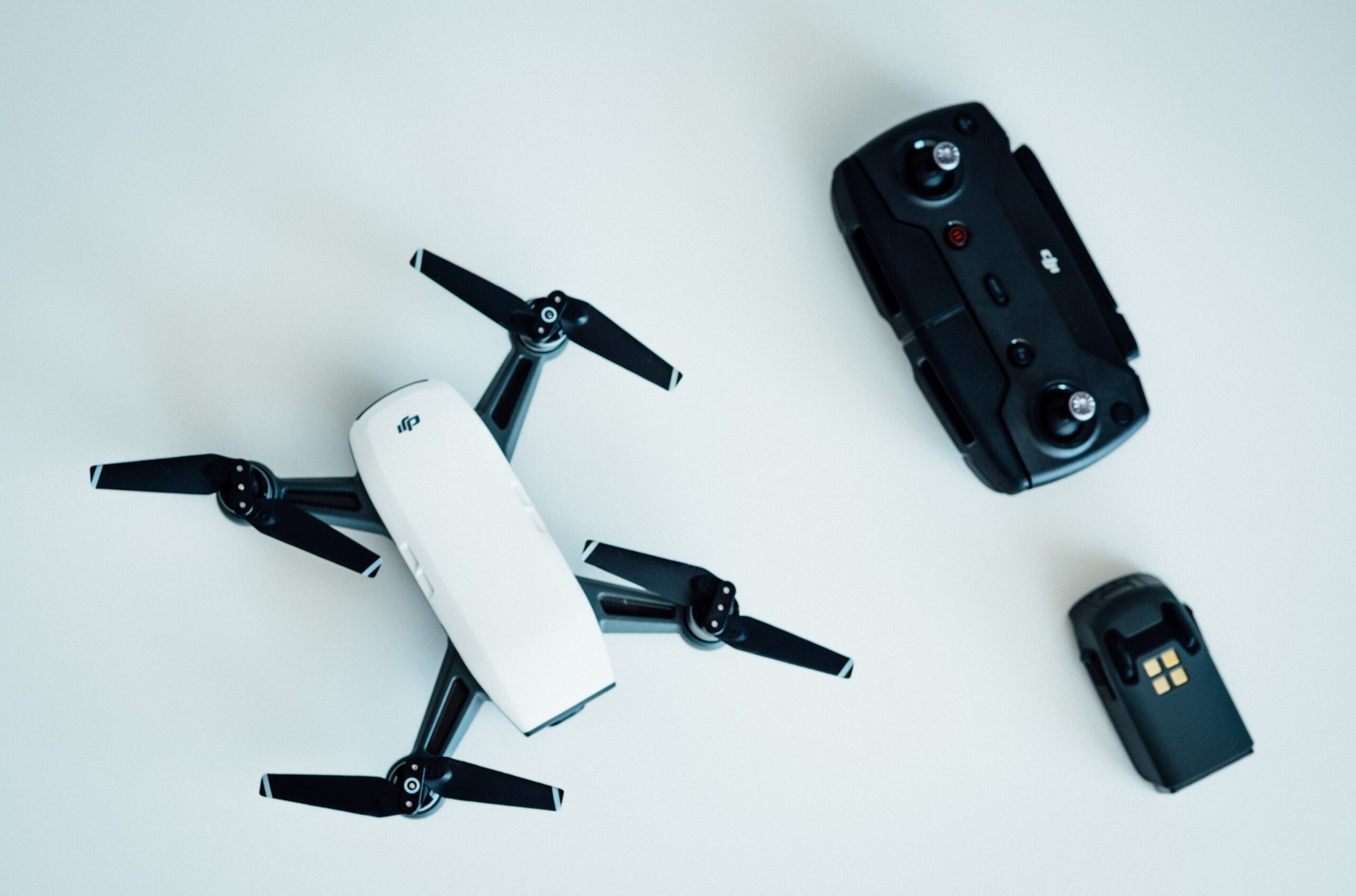Lithium polymer (LiPo) batteries are among the most popular battery types for drones because they have the benefit of high energy density in comparison to their size and weight, with a greater voltage per cell, thus they can power the drone’s on-board electronics with fewer cells than other rechargeables.
Many drone enthusiasts only think about charging their LiPo batteries. But it’s crucial to know when to retire them and how to properly dispose of them.
About LiPo Batteries
The term “LiPo” stands for lithium polymer battery (or lithium-ion polymer battery). The terms LIP or Li-Poly are also widely used to refer to these batteries. The majority of LiPo batteries are pouch-style. The battery is entirely rechargeable and composed of lithium-ion.
Larger LiPo batteries can store more energy, which allows them to produce more power. They do, however, weigh a great deal more than tiny batteries. Finding a suitable balance between the weight and power supply is crucial when using a drone. To begin with, a drone needs to be strong enough to transport a bigger battery.
Despite the many advantages LiPo batteries provide RC fans, they can be harmful if handled improperly. This is why it’s crucial to understand how to properly utilize and dispose of these batteries.
Caring for Drone Batteries
The usable lifespan of your drone’s batteries will increase with proper maintenance. You won’t need to get rid of them as quickly if you keep them in excellent condition.
Top battery care advice is provided here:
1. Charge new LiPo batteries cautiously. Charge and discharge should occur at a slower-than-usual pace of no more than 1C. To extend the battery life, only discharge the batteries to 50% after the first few uses.
2. Battery chargers should only be used with LiPo battery chargers. These have a balancing feature that increases the safety of charging battery life.
3. Some batteries, such as those used in the DJI quadcopter, come with charging stations. You may charge several batteries at once with these stations. Properly caring for your drone’s batteries will increase their usable lifespan. Keep them in tip-top condition and you won’t have to dispose of them as soon.
4. Even the best charger can be hazardous, thus the most crucial LiPo care advice is probably to “NEVER LEAVE YOUR CHARGING BATTERIES UNATTENDED.” Always keep an eye on your charging batteries, and whenever possible, swap them outside.
5. Read the manufacturer’s storage instructions for your LiPo batteries carefully before storing them. The majority advise keeping items in storage between 5 and 27 degrees Celsius, albeit the lower the temperature, the better. For further security, we also advise using a LiPo-safe bag.
When Should You Dispose of Drone Battery?
For typical drone use, well-maintained LiPo batteries should last at least 200 cycles. If you don’t take good care of them, they might only endure a few charges.
The 80% guideline is the one we frequently adhere to. It’s time to get rid of your battery when it can no longer hold at least 80% of its initial charge capacity.
Excessive puffing is another sign of a depleted battery. Despite the fact that all LiPo batteries eventually puff to some extent, it’s crucial to get rid of them when they puff more than usual.
LiPo Disposal Methods
You can discharge the batteries using one of the three LiPo disposal techniques listed below.
1. Place your LiPo battery in a fire-resistant container outside. Do this before proceeding. This container could be an ammo box, a LiPo safety bag, or even a bucket of sand or cat litter. Keep the container away from flammable surfaces such as wood or carpet. Ceramic and concrete are both safe surfaces to place the container on.
2. When dealing with damaged batteries, take extra precautions. Damaged, defective, or recalled (DDR) batteries are especially hazardous, especially in the case of LiPo batteries. While many hobbyists believe that swollen or puffed LiPo batteries from overcharging are safe for home discharge, you should do so at your own risk because swelling is technically a form of damage. If your battery is leaking, corroded, punctured, or burned, you must act quickly.
3. Consider hiring a professional battery disposal service. Unusable or swollen LiPo batteries may be discharged and disposed of by professionals. This is the simplest option, and it is the one you should choose if you are concerned about the risks of LiPo battery combustion. Leaving the task to professionals may be the best option, particularly if you are unfamiliar with LiPo batteries.
Recycling Drone Batteries
Although the procedure is a little challenging, drone batteries can be recycled.
The fact that you can’t manage those batteries like other electronic debris presents the first obstacle to recycling. As a highly reactive element, lithium is used in drone batteries.
The possibility of the power cells catching fire exists due to elevated heat or electric discharge. Although these cases are uncommon, they are being recorded more frequently.
Stockpiling water li-ion batteries poses a threat to the safety and the environment even when done appropriately. Because these batteries cannot be directly reused like other materials can, recycling is the only workable solution. Additionally, recycling lithium batteries lessens the need for fresh mineral extraction, which is always good for the environment.
So how is recycling done?
Battery components must first be disassembled by skilled personnel. These specialists have received training in working with high voltage, and they employ insulated tools to prevent electrocution and pack short-circuiting.
Finding a reputable e-waste recycler who can handle and recycle li-ion batteries safely and responsibly is the most crucial step.
Reasons Not to Dispose of Used Drone Batteries
1. Environmental Hazard and they contain heavy metals
Some LiPo battery types include elements that, even in relatively small amounts, when these batteries degrade, are extremely harmful.
These batteries leak toxins including cobalt, manganese, and nickel when they are disposed of in landfills. not to mention potentially harmful polymers and lithium salts.
And if that weren’t bad enough, lithium-ion batteries can ignite underground fires that burn slowly for a very long time, releasing harmful compounds into the rubbish nearby.
2. When damaged or broken, toxic to humans
Batteries can already be dangerous when they are placed with curbside trash, so there is no need to wait until they are disposed of in a landfill.
Damaged LiPo batteries have the potential to produce the infamous PM10 and PM2.5 small particles, which have aerodynamic dimensions of less than 10 or 2.5 m.
The issue is that these particles include elements like arsenic, cadmium, chromium, cobalt, copper, or lead that are bound to matter.
A number of health issues, including cardiovascular and respiratory disorders, cancer, and endocrine system imbalance, can be brought on by dust entering the respiratory system.
Leave it to the experts who are aware of how to safeguard both the environment and oneself.
3. Possibility of Fire Hazard
LiPo batteries can be a fire hazard when handled or stored incorrectly, making appropriate disposal even more crucial.
4. Capable of contaminating groundwater
The most dangerous risks associated with landfilling are those caused by leachate. The biological, chemical, and rainwater seeping through the trash all result in leachate.
Leachate has the capacity to move dangerous substances and organisms across vast distances, damaging groundwater and solid surfaces in the process.
In addition to the results of electrolyte breakdown and heavy metals, LiPo leachates may also contain dissolved gases like HF, HCl, or SO2.
As we’ve seen thus far, touching lithium-ion batteries without authorization—or, worse still, attempting to disassemble or recycle them—can result in a multitude of risks for both human health and the environment.
Proper Drone Battery Recycling
The pyrometallurgy and hydrometallurgy that are used by licensed and registered e-waste recyclers who accept LiPo batteries are intricate and energy-intensive procedures.
In pyrometallurgy, cobalt, copper, iron, and nickel alloys are burned and separated during the smelting process to create battery components.
With the use of an acidic or basic solution, the cathode material is treated to recover the necessary metals by hydrometallurgy.
The last recycling process is called direct recycling, and it involves conditioning lithium-ion cell waste materials before they are used again.
A significant investment in processing infrastructure is necessary for each of these procedures, as well as qualified technicians.
Conclusion
Drone batteries may start to degrade with time and lose part of their reliability. They should now be immediately removed from aerial service. They do not necessarily have to be thrown away, though, as there are many uses where dependability and longevity are not as important.
LiPo batteries may only be recycled in a secure manner when they are processed at an authorized electric and electronic recycling facility.
For private individuals, this involves finding the closest center and bringing any used drone batteries there. Usually, these will be received for free and recycled appropriately.


